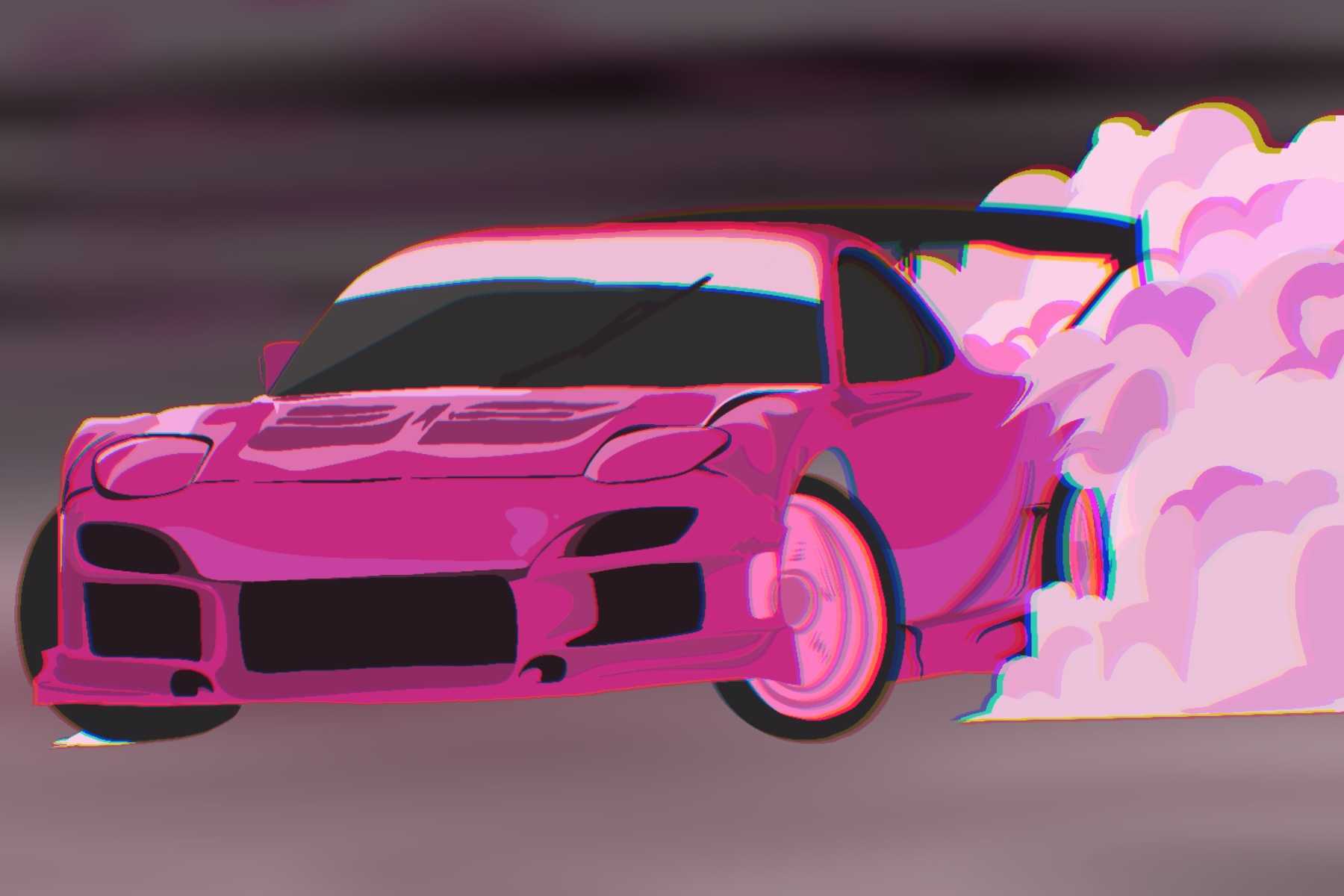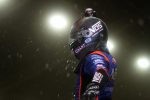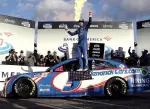Racing is a field that tends to be either loved or ignored by most people. But whether you’re a racing fan or not, you’re likely familiar with the art of drifting. This practice of deliberately sacrificing tire traction to slide sideways around a corner is a common yet nonetheless impressive sight on both movie screens and real-world racetracks. Although it is best known for its spectacle, the depth and difficulty of drift racing revolutionized the entire racing scene. Understanding its surprisingly extensive and winding history will illustrate how this one practice paved the way for modern car culture.
Origins of Drifting
While drifting has existed for as long as automobile races have been around, few drivers specialized in it until Kunimitsu Takahashi brought it to the professional scene in the 1970s. Takahashi began his career as a motorcyclist in 1960 and developed an impressive track record with four Grand Prix wins in his first few years. However, a disastrous crash during the 1962 Isle of Man Tourist Trophy severely impaired his ability to race. After a chain of losses in ‘63 and ‘64, Takahashi retired from motorcycle racing to compete in formula and sports car championships.
Despite the change in vehicles, he still excelled on the track and quickly became one of Japan’s top drivers. What distinguished Takahashi from the competition was his skillful drifting. The poor grip and cheap quality of his car’s tires meant they would easily lose traction during turns. To compensate for this problem, Takahashi would deliberately force his car into a slide just before reaching the apex of a corner, allowing him to maintain speed and control at every turn. While his technique was undeniably innovative, no one at the time knew how influential drifting would be for the next generation of racers.
Around the same time that Takahashi’s career took off, street racing was growing into a popular pastime for young drivers in Japan. Racers competed in a variety of regions, ranging from busy city streets to isolated woodside roads. The most notable of these races were the touge races, which were held in narrow mountain passes full of unforgivingly sharp turns. Touge matches consisted of either “time attacks” wherein drivers attempt to navigate a road in as little time as possible, or “cat and mouse” duels in which one driver must stay within a short distance of another or pass them before reaching the finish line. The unmatched intensity and difficulty of touge races inspired a thriving community of street racers who worked to fine-tune their skills as much as their cars.
One of these early street racers was Keiichi Tsuchiya, who quickly gained a reputation for introducing drifting into the touge racing scene. Having idolized Takahashi since his childhood, Tsuchiya emulated his techniques to pass through twisting mountain roads with ease. The efficiency and impressiveness of his drifting inspired other touge racers to learn and adopt the practice into their own driving styles. Tsuchiya’s racing and drifting skills eventually helped him enter professional racing circuits, starting with the Fuji Freshman series in 1977. However, he didn’t let his professional career stop his participation in illegal street races, and his continued success in both fields eventually earned him the unofficial title of “Drift King.”
After spending another 10 years drifting through circuits by day and mountain passes by night, Tsuchiya collaborated with some Japanese car magazines to create a film trilogy that would serve as the first-ever recordings of touge racing. The series included the two-part “Dorikin Tsuchiya Keiichi: The Touge,” as well as a third video titled “Sendai no Nishi.” Outside of Japan, the series is more commonly known as “Pluspy” because VHS copies of the film were primarily sold at +P tuning shops. Each film showcased Tsuchiya’s impressive drifting skills as he tackled various mountain passes and circuit tracks in his signature drift cars: the Toyota AE86 Corolla Levin and Sprinter Trueno.
For many casual racing fans in Japan, this was their first exposure to drifting. While drifting had already blossomed into a common practice among touge racers, “Pluspy” caused drift racing to become almost synonymous with touge battles. The AE86 cars also grew in fame due to the proof of their outstanding performance in the films. Unfortunately, the footage of Tsuchiya’s illegal racing and “reckless” driving on public roads caused the films to be quickly removed from store shelves and might have also contributed to the temporary suspension of his racing license. Even so, “Pluspy” helped transform drifting from a single driving technique into an entire racing subculture.
With drift racing rapidly rising in prominence in the late 1980s, Japanese racing organizations began to recognize it as an official motorsport. The changing perception of the sport led to the creation of multiple drift racing tournaments and championships, providing drivers with a legal means of competing. The earliest examples were Carboy Magazine’s 1986 amateur drift competition as well as Option’s 1989 Ikaten event, in which Tsuchiya served as a judge.
The largest of these tournaments was the All Japan Professional Drift Championship, which was formed in 2000 to allow the most skilled and experienced drift racers in the country to compete directly against each other. Each competitor would start by driving through a course for a panel of judges to evaluate the speed and precision of their drifts.
However, the championship’s 2001 rebranding as the D1 Grand Prix brought a greater focus on head-to-head competition. Drivers that weren’t eliminated in the first round would move on to competitive races against other drivers, which used similar rules as the “cat and mouse” duels of touge battles. Although the general rules and structure of the D1 Grand Prix have undergone countless changes since its inception, the event has kept its reputation as the largest and most renowned drift racing championship in Japan. But drifting wouldn’t remain exclusive to Japan for very long, as only a few years earlier, the sport had already begun to make waves overseas.
A Global Phenomenon
In the early ’90s, small drift racing communities had formed in other countries, albeit with far fewer members and less recognition than those of Japan. Despite their niche status, non-Japanese drift racers received their chance to shine in 1996, when Video Option held a drift racing exhibition event at the Willow Springs Raceway in California. The success of the event signaled the start of multiple drift tournaments around the world. As more drivers joined the professional drifting scene, public awareness of the sport inevitably surged.
Eventually, the skills and expertise of North American drivers caught the eyes of the D1 Grand Prix, which hosted its 2003 championship in California’s Irwindale Speedway. However, its appearance in the United States was only planned for that year. In response, the Formula DRIFT series (also called Formula D) began in 2004 as the American equivalent of the D1 Grand Prix, serving as a highly publicized professional event for the best drift racers to face off. In later years, both organizations expanded beyond their home territories to host tournaments in numerous countries around the globe. Within less than a decade, professional drift racing progressed from a distinctly Japanese hobby to a worldwide motorsport.
Drift culture wasn’t solely confined to the racing community, as the 1990s and early 2000s introduced it to broader audiences through pop culture. In 1995, manga artist Shuichi Shigeno began the critically acclaimed “Initial D” series. The story centers around Takumi Fujiwara, a teenage tofu delivery driver whose drifting skills with an AE86 Trueno (an obvious homage to Tsuchiya) lead him into the underground world of touge battles.
“Initial D” delves into drift culture with rigorous detail, largely due to Tsuchiya himself, who worked as an editorial supervisor to ensure the manga delivered accurate portrayals of real-world cars and driving techniques. The unmatched combination of drama and drift racing made “Initial D” an instant hit with car fans and casual readers alike. However, the Eurobeat-infused 1998 anime adaptation propelled the franchise into mainstream success. With the franchise spawning countless films, video games and a recent spinoff series, “Initial D” is still one of the most famous representations of drift racing in all of media.
Another notable contributor to the reputation of drift racing is “The Fast and the Furious: Tokyo Drift” — the third entry in the immensely popular “Fast and Furious” franchise. As with “Initial D,” “Tokyo Drift” centers around a teenage street racer who rises through the ranks of the underground drift racing scene. While the film received far worse critical reception than its predecessors — often being labeled the black sheep of the series — it’s also one of the only major Hollywood blockbusters focused entirely on drift racing. The movie’s directors worked alongside multiple professional drift racers (including Tsuchiya) to ensure action sequences were true to life, which is evident in the film’s numerous impressive drift races.
The creation of “Tokyo Drift” was a risky decision for Universal Pictures. The film needed to live up to the expectations set by the first two entries, but the drastically different premise and new focus on the underground drift culture that was unfamiliar to most general audiences seemed to work against the film’s chances. Unfortunately, this choice didn’t pay off, and “Tokyo Drift” suffered from the worst box office performance in the entire series. Even so, the movie introduced many viewers to drift racing and consequently inspired a greater appreciation and interest in the practice.
Modern Day Drift Racing
Drift racing has expanded far beyond its underground beginnings, becoming one of the most recognizable staples of car culture and appearing in countless movies, video games and even other motorsports. As the sport began drawing larger crowds each passing year, countries such as Australia, New Zealand and Canada formed their own drifting leagues. Even the Fédération Internationale de l’Automobile (FIA) recognized drifting as an official motorsport in 2017 and now hosts the annual FIA Intercontinental Drifting Cup. Although drifting still doesn’t match the reputation or recognition of stock car and formula racing, its cultural impact shouldn’t be underestimated. Drift racing stands out as one of the most impressive forms of racing with no signs of slowing down.

















